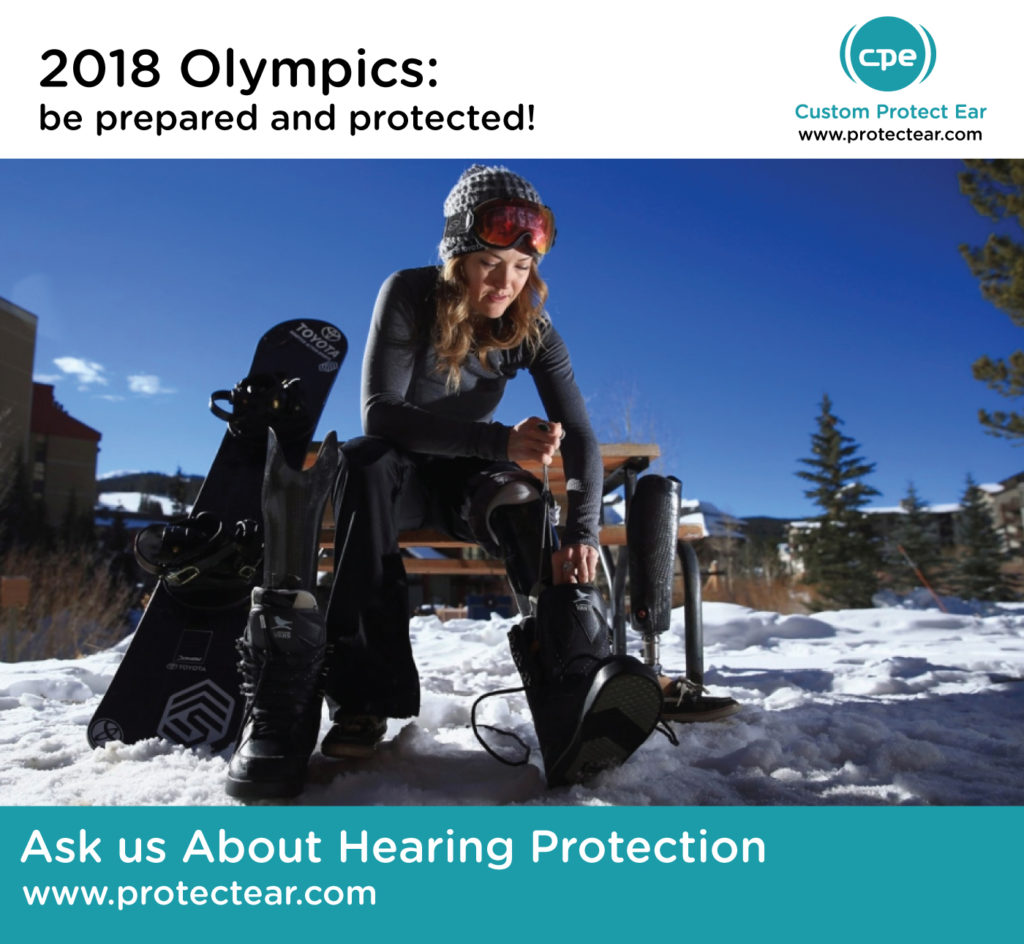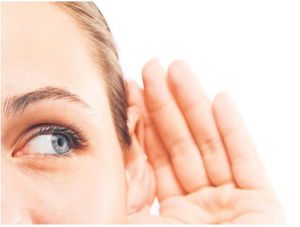Exposure to high levels of noise can cause permanent hearing loss, and each year approximately 30 million people in the United States are exposed to hazardous noise in the workplace.
According to OSHA, “Loud noise can create physical and psychological stress, reduce productivity, interfere with communication and concentration, and contribute to workplace accidents and injuries by making it difficult to hear warning signals,” the agency states, adding that noise-induced hearing loss can impair a person’s ability to understand speech and communicate.
Noise-related hearing loss has been listed as one of the most prevalent occupational health concerns for more than 25 years. Thousands of workers every year suffer from preventable hearing loss due to high workplace noise levels. In 2009 alone, BLS reported more than 21,000 hearing loss cases. Neither surgery nor a hearing aid can help correct this type of hearing loss.
Short term exposure to loud noise can also cause a temporary change in hearing (your ears may feel stuffed up) or a ringing in your ears (tinnitus). These short-term problems may go away within a few minutes or hours after leaving the noisy area. However, exposure to loud noise can lead to permanent tinnitus and/or hearing loss. The effects of hearing loss can be profound. Noise induced hearing loss limits your ability to hear high frequency sounds, understand speech, and seriously impairs your ability to communicate. Learn more about the symptoms of Noise Induced Hearing Loss (NIHL)
What are the warning signs that your workplace may be too noisy? Noise may be a problem in your workplace if:
- You hear ringing or humming in your ears when you leave work
- You must shout to be heard by a coworker an arm’s length away
- You experience temporary hearing loss when leaving work.
Sound Advice on Hearing Protection
Technology
Advances in technology allow employers to provide workers with hearing protection that doesn’t disrupt situational awareness. This includes the addition of FT filters embedded in medical grade silicone custom hearing protection, called dB Blockers. The proprietary frequency tuned filter allows communication without removal of the ear plugs. People can communicate in noise better while wearing their dB Blocker™ hearing protection, then if they were to remove them. A dB Blocker Hearing Loss Prevention Program will enhance productivity. Workers can communicate without having to remove their hearing protection, preventing hearing loss and avoiding mistakes due to miscommunication.

How to Wear
Just because you own hearing protection does not mean you are wearing it correctly. If hearing protection isn’t worn the way it’s designed to be worn, workers are more vulnerable to injury. This may seem straightforward, yet, a large percentage of users don’t take the time to wear hearing protection properly.
Another common problem is overprotection. When workers use hearing protection that prevents any sounds from being heard, a worker may be considered “functionally deaf” and this is a safety issue. If a worker has trouble communicating with co-workers, or can’t hear emergency signals, back up signals or dangerous noises this may lead to injury or death.
Fit check surveys continue to imply numerous employees are not wearing their options properly. Most companies in the industrial sector have gone above and beyond to ensure that in-house hearing protection meets the occupational standards, but if workers are not complying and educating themselves – we will not solve the hearing loss epidemic.
Don’t take your hearing for granted, we don’t realize we have hearing loss until it is too late.
SOURCE:
https://www.osha.gov/SLTC/noisehearingconservation/healtheffects.html
https://ohsonline.com/Articles/2007/10/Fit-Testing-of-Hearing-Protectors.aspx











